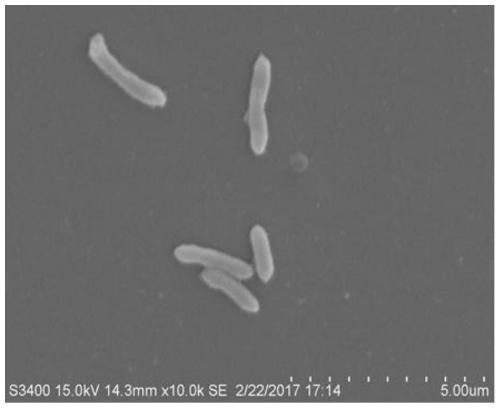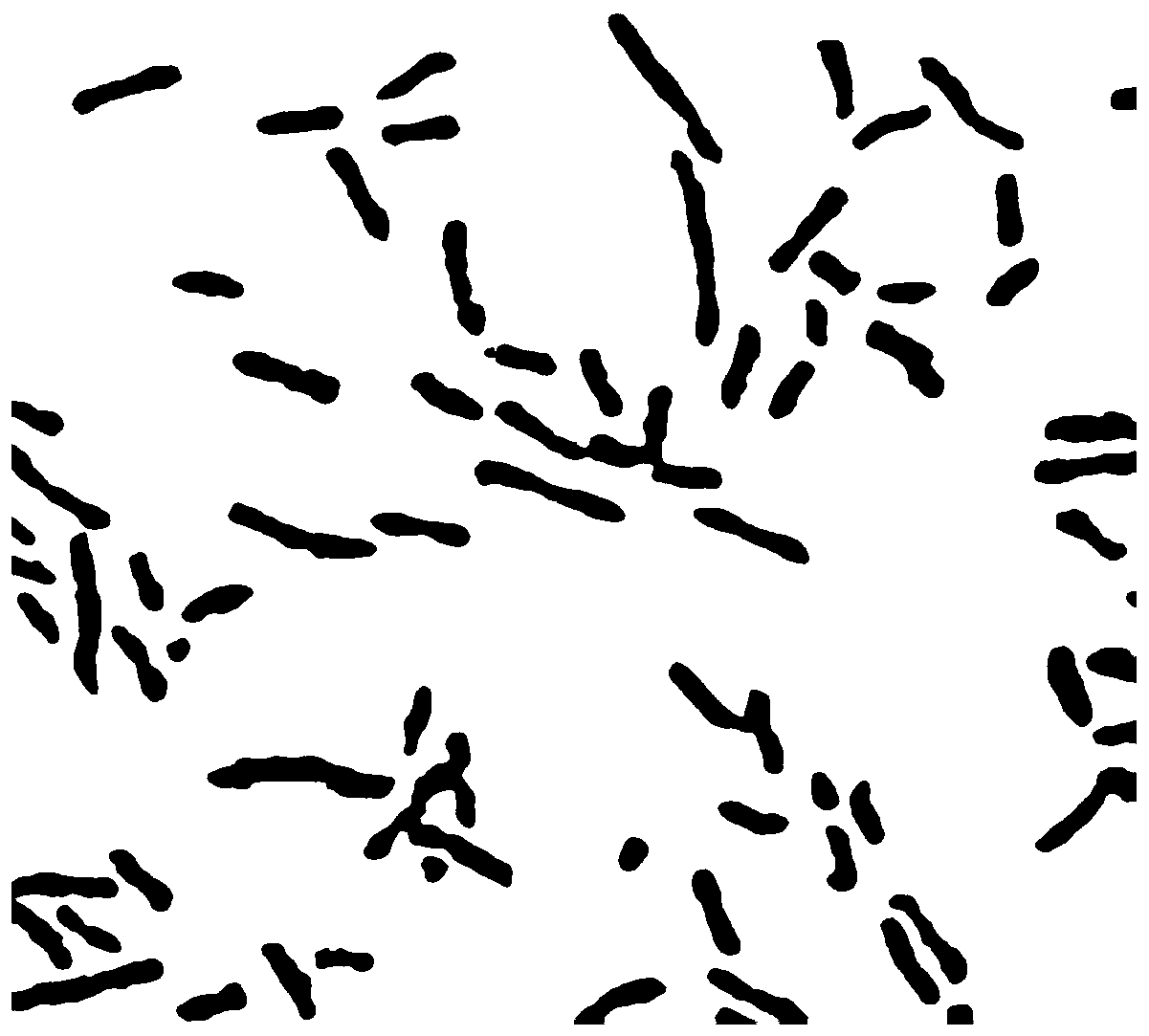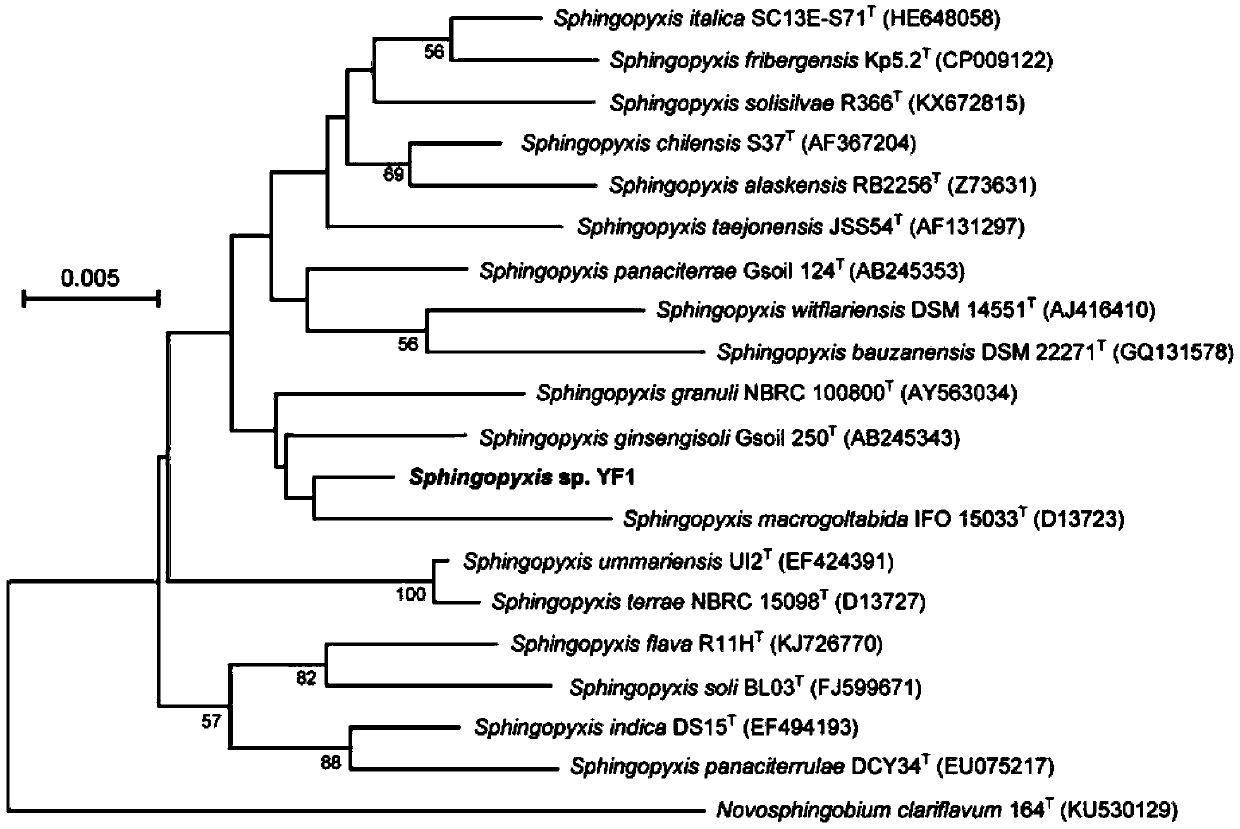A novel Sphingosine strain and its application in the field of microcystin degradation and detoxification
- Summary
- Abstract
- Description
- Claims
- Application Information
AI Technical Summary
Problems solved by technology
Method used
Image
Examples
Embodiment
[0037] A Sphingopyxissp. YF1 strain provided by the present invention is named as Sphingopyxissp. YF1, and it is preserved in the General Microbiology Center of China Committee for Microbial Culture Collection (CGMCC for short). The preservation number of the General Microbiology Center of the Culture Collection Management Committee is CGMCC No: 16341, and the preservation time is August 27, 2018. The address of the preservation unit is located at the Institute of Microbiology, Chinese Academy of Sciences, No. 3, Courtyard 1, Beichen West Road, Chaoyang District, Beijing.
[0038] 1. Screening of bacterial strains
[0039] (1) Sample collection
[0040] 5g of sludge was collected from Taihu Lake with severe eutrophication, put into a sampling bottle, retrieved, and stored in a 4°C refrigerator for later use.
[0041] (2) Culture medium preparation
[0042] Beef extract peptone medium (g / L): 5g beef extract, 10g peptone, 5g NaCl, pH 7.0-7.2.
[0043] MSM inorganic salt mediu...
PUM
| Property | Measurement | Unit |
|---|---|---|
| length | aaaaa | aaaaa |
Abstract
Description
Claims
Application Information
 Login to View More
Login to View More - R&D
- Intellectual Property
- Life Sciences
- Materials
- Tech Scout
- Unparalleled Data Quality
- Higher Quality Content
- 60% Fewer Hallucinations
Browse by: Latest US Patents, China's latest patents, Technical Efficacy Thesaurus, Application Domain, Technology Topic, Popular Technical Reports.
© 2025 PatSnap. All rights reserved.Legal|Privacy policy|Modern Slavery Act Transparency Statement|Sitemap|About US| Contact US: help@patsnap.com



